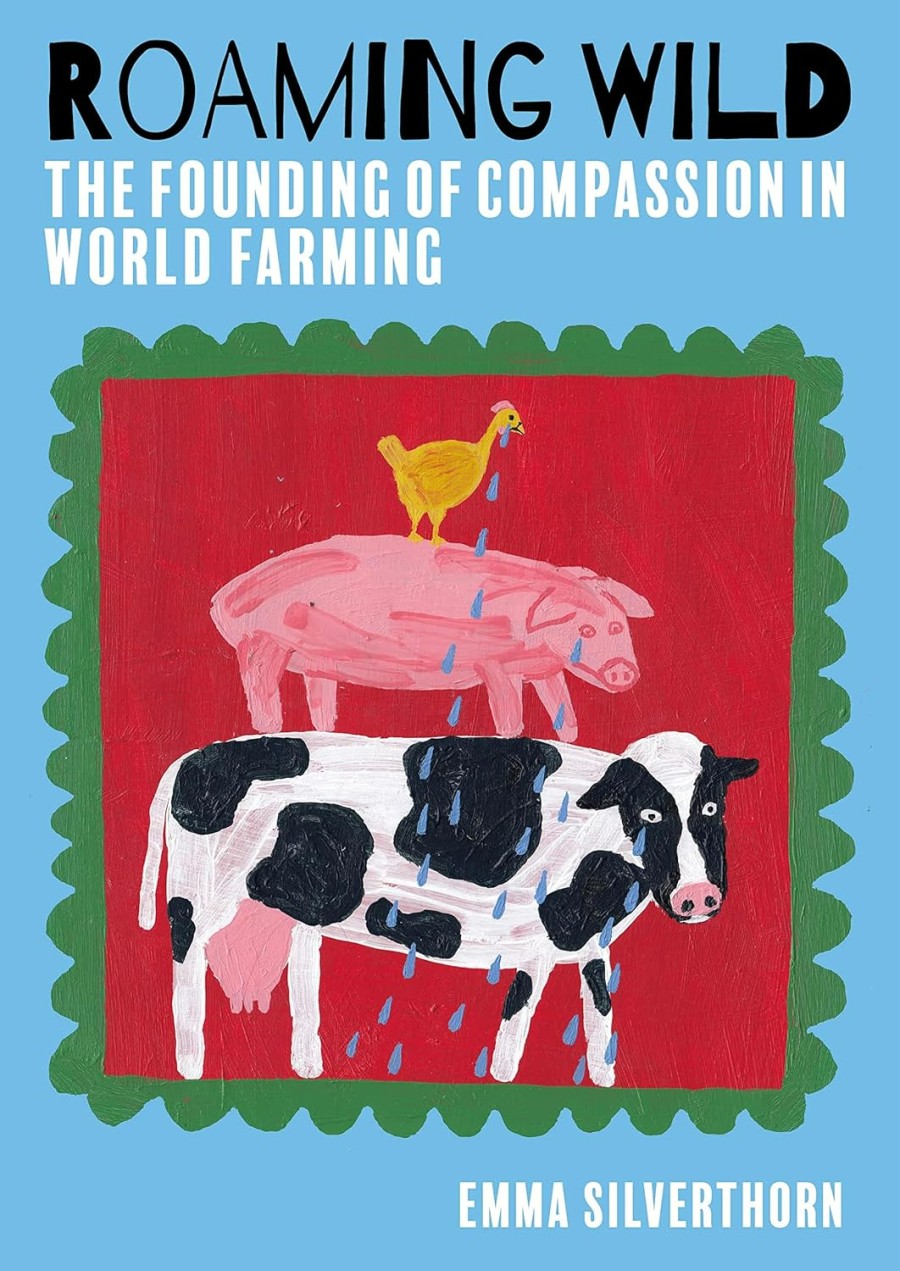
Around 12% of adults in England smoke (plus likely many more teenagers sneaking a cigarette behind the bike sheds – many others are ‘secret smokers’, as it’s quite unfashionable to light up, unlike in the 40s. Just like cigarettes, vets recommend to keep vaping equipment (e-cigarettes and refill containers) away from pets. Nicotine ingestion is a medical emergency.
Learn the best methods to prevent cigarette litter. Use a personal ashtray which extingishes cigarettes until you find a bin, preventing litter and forest fires (leaving a cigarette on dry grass in hot weather, is like putting a match to paper. Charcoal purifying bags can safely remove cigarette odours from homes and ars.
why is Allen Carr’s method not on the NHS?
Allen Carr’s Easyway is the most successful way to stop smoking, if you wish to follow a program. Founded by an ex chain-smoker who used to smoke 60 cigarettes a day, this is a method based on changing habits (so you return to the time when you didn’t need cigarettes to deal with stressful situations, even if that was back in childhood). Many people have big problems, but don’t turn to cigarettes, so smoking is more of a habit than a necessity .
Allen has since died, but his organisation want the method available on the NHS (which instead recommend nicotine patches – tested on animals like ‘giving a sip of whisky to an alcoholic’). Nicotine is highly addictive, which is why nicotine replacements have poor success rates (not much more than willpower). Ayurvedic doctor Deepak Chopra once wrote that a big issue is that society makes people think that it’s difficult to give up smoking. It’s not really. You just create new habits, you don’t need ‘outside help’ most of the time (unlike say, someone addicted to heroin). You can attend in-person clinics, learn online (free for people who insure with Vitality) or buy one of the books.
AllenCarr also offers a method for people addicted to vaping. Either program can be used for people addicted to pipes, cigarettes, tobacco or nicotine gum (most contains pet-toxic xylitol so keep it well away).
People who have successfully used this program to quit smoking include Richard Branson and comedians Lee Mack and Matt Lucas (who used to smoke 20 cigarettes a day and has never touched them since). One of the world’s best (Spanish) psychologists praised Allen as being more skilled at analysing humans than him, and the method is even recommended by World Health Organisation. So why won’t the NHS fund it?
Leo’s simple steps to quit smoking
One of the world’s most successful simple living bloggers Leo Babauta used to smoke, and says making changes is simply by taking up new habits, then letting go of the old ones (he’s now a vegan runner). He writes that the physical act of quitting is the easy part – it’s not to fall back when you have your next problem. You may quit smoking tomorrow, then if something upsets you or happens, you’re back to where you were. The key is to find out why (hence why Allen Carr’s method works better than nicotine patches). Read his 10 tips for quitting smoking.
The average price of a packet of 20 cigarettes is now around £16. For someone who smokes 20 cigarettes a day, that’s over £100 a week. That’s £5000 a year – make a list of the things you could do with that money – a deposit (and furnishings) for a nice new home? What other ideas can you think of?
If you can’t quit smoking right now (or wish to cut down), Smokey Treats use filters made from unbleached wood pulp, unbleached paper and with compostable outer wrap. Presently sold in Germany and South Africa, but soon elsewhere. Greenbutts make biodegradable cigarette filters.
who grows tobacco for cigarettes?
The tobacco industry’s profits run to around £600 billion a year, and most brands test on animals (something that does not even bear thinking about). Although most smokers live in developing countries, smoking is way less popular than it was, with around 20% of adults smoking (compared to 30% 20 years ago).
Many countries now have stringent measures in place. In Costa Rica, you can only really smoke in your own home, and The Netherlands has brought in strict measures to stop advertising of tobacco (smokers in offices have to visit designated rooms, rather than go outside to smoke).
Despite huge food insecurity worldwide, many companies pay farmers to grow tobacco instead. Grown as a cash crop in over 120 countries, the top growers are in China, India and Brazil. 25% of farmers absorb tobacco through the leaves into their skin and get nicotine poisoning (the typical farmer ‘smokes’ the equivalent of 50 cigarettes a day. Tobacco growing also creates around 5% of worldwide deforestation.
Unlike us, the farmer has no choice. So campaigners want to support such farmers to grow food on the same land, for the same or more income (the same idea is happening in the drug industry, encouraging farmers to switch from growing opium for heroin, to roses for the flower and aromatherapy industries). Tobacco growing also creates around 5% of worldwide deforestation. World Health Organisation wants farmers in debt (due to loans to supply seeds and agro-chemicals) to receive micro-financing to transition over. This is already happening in Kenya, where hundreds of farmers have been given help to switch to planting high-iron-protein beans as alternative crops.






